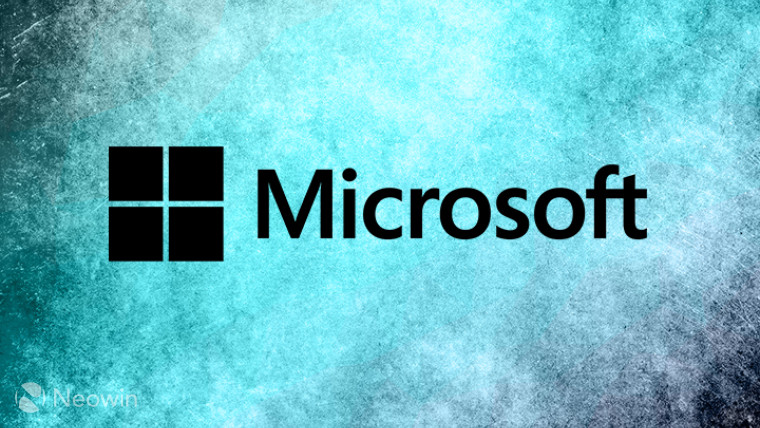
Back in August this year, Microsoft suggested that it was looking to axe the Windows Control Panel sometime in the future in favor of the Settings app. However, after widespread reporting, it dropped the mention of anything of such.
The Control Panel is not new and has been an integral part of Windows since the early days. It is one of the several native Windows utilities that helps users configure and customize the OS. It has been around since Windows 1.0 and is generally an extremely useful tool for accessing various applets that help tweak Windows.
Curiously, for some reason, Microsoft had apparently intentionally crippled the performance of the Control Panel on Windows 95 and Windows 98, or at least some aspects of it. The issue was discovered by X user Viorin (@oerg866), who found a "hard-coded 8-second delay" when adding new hardware via sysdm.cpl or the Add New Hardware control feature.
This feature was helpful as users could manually add devices in case Windows Plug and Play (PnP) failed to identify and install the necessary driver.
After "patching" it, the user reports that the 8-second delay was reduced to around 300 milliseconds, which meant new hardware was being added much faster. Viorin found this interesting quirk while testing their QuickInstall open-source framework, which is used to create installation images for Windows 98, inside 86Box (an IBM PC emulator) and shared their finding on X:
In an attempt to further speed up Windows 9x QuickInstall, I have patched SYSDM.CPL to remove the hard-coded 8 second delay(!!!) when new hardware is found and reduced it to 300 milliseconds. pic.twitter.com/BfGNpSjMfw
— oerg866 / clarry - 🇩🇪❣🇮🇱 (@oerg866) November 4, 2024
More info: It's technically 8 seconds, first 3 seconds of displaying the generic default class/device name, then it updates the logo and name for the actual device if it found a driver, then another 5. 🤪
— oerg866 / clarry - 🇩🇪❣🇮🇱 (@oerg866) November 4, 2024
It is unclear why Microsoft had put in the delay. It could be bad coding, but it is more likely that it was some other issue the tech giant had noticed on systems back then, which prompted the engineers to put in the delay to work around it. What would be interesting is to know if other aspects of the classic Control Panel also had such performance brakes put in place.
Via: WinFuture



















10 Comments - Add comment